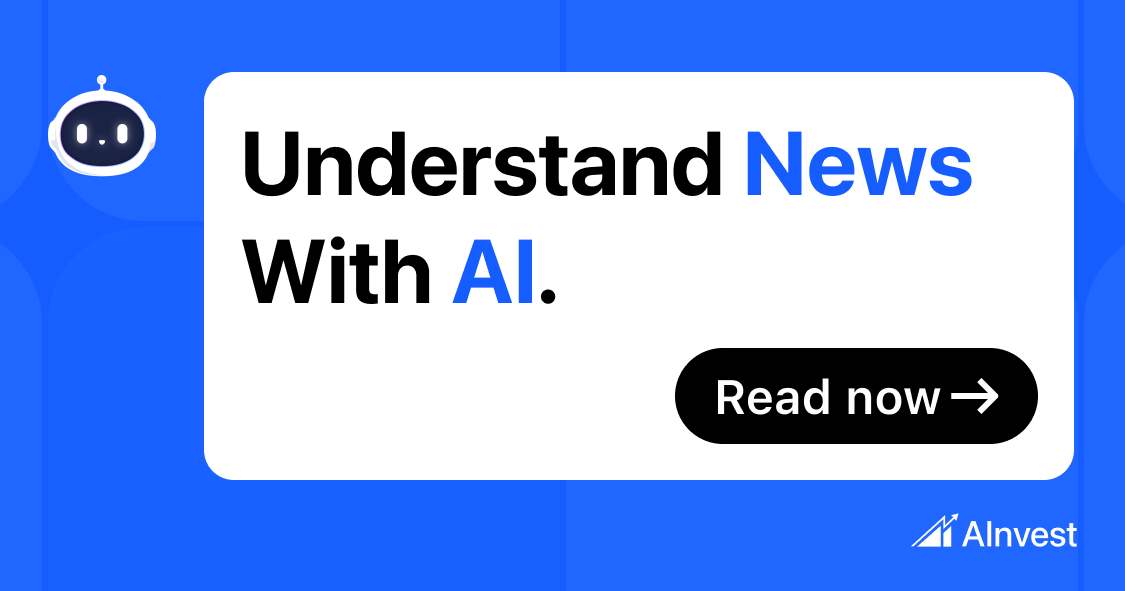Delta has been testing out a new AI revenue management system in select markets to develop a pricing model that creates real-time, “personalized” prices unique to each customer. Instead of a fixed price for each fare class, regardless of who’s booking, Delta wants to use AI to find the price that you’re willing to pay for that ticket. This comes after the airline debuted new fare changes that made booking flights and earning miles more complicated.
In a July 10 earnings call with investors, Delta President Glen William Hauenstein said the airline currently used its AI revenue management system on about 3% of domestic flights. But its goal is to increase that to 20% by the end of 2025.
He noted that the initial results of its limited rollout of the new pricing system showed “amazingly favorable” revenue. But, does favorable revenue growth for Delta mean higher prices for its passengers? The answer is still up in the air, but early signs suggest it might not be good news.
Sign up for Kiplinger’s Free E-Newsletters
Profit and prosper with the best of expert advice on investing, taxes, retirement, personal finance and more – straight to your e-mail.
Profit and prosper with the best of expert advice – straight to your e-mail.
Will Delta use AI to charge higher prices on flights?
(Image credit: NurPhoto)
The underlying goal of Delta is the same as it’s always been: fill as many seats as possible at the highest price the company thinks the market will bear. AI is just going to incorporate a lot more data into the decisionmaking process behind that goal. The way Delta described this goal at its Investor Day event in 2024 is that it wanted to charge the “right price to the right person.”
The “right price” could, of course, mean a lower price. It is possible to increase revenue by lowering the price as you can end up convincing customers who otherwise wouldn’t have bought the fare at all to bite. According to one analysis of dynamic pricing, dynamically priced fares were 7.5% lower than the traditional fare “buckets.” For premium seats, prices averaged 15% lower.
But that doesn’t factor in the trend of bundling – or, rather, un-bundling. Under a dynamic pricing model, the system might show you a lower base price for the ticket, but add restrictions to that fare, like less legroom or no free WiFi. So, you’ll need to pay extra to add them. Meanwhile, another customer searching the same flight might see that same price but with those features already bundled in.
For example, a system could determine that, based on the length of your trip, you’re more likely to take a checked bag. So it could decide to show you a lower base fare, but a higher fee to add a checked bag.
Now, Delta hasn’t disclosed much detail about exactly how their AI pricing system works. But, when you look at the language Delta executives used when talking about it, it’s clear the company is trying to find the highest possible price they can charge a given customer without losing their business.
At Delta’s Investor Day in 2024, Hauenstein explained one of the airline’s goals with the new pricing model was to test out higher fares in small increments. “Could we take a $20 increase in our fares and not see a decline in market share? Could we take a $40? It’s [the AI pricing model] doing that real-time now.”
During that same event, he said, “If we float a fair increase that’s $5 and we wait 24 hours to 48 hours, or 72 hours to see if the industry matches it, very rarely do you see our bookings decline significantly. So, inherently, in your mind you think, oh my gosh, you can probably hold some nominal fare increase. Those nominal fare increases add up.”
Trying to charge the most a customer is willing to pay is not unique to Delta and not something new with the advent of AI. What changes is your ability to anticipate and plan for those factors. Traditional tips and tricks about scoring cheaper airfare will become less effective as AI gets better at figuring out your personal demand for that flight.
How AI pricing is different than earlier airline pricing methods
As anyone who’s ever booked a flight before knows, airfare prices have always fluctuated. What’s changing is how those fluctuations happen. Historically, airlines relied on a bucket system. Fares were divvied up into 26 buckets, one for each letter of the alphabet. Each bucket was given a fixed price and a fixed set of rules about which customers got which price and when.
As technology advanced, many airlines have switched to continuous pricing. Instead of fixed-price buckets, the price you see can fluctuate along a continuum. Some also incorporate dynamic pricing which uses data to identify trends and patterns, creating more complex rules about which price you see and when.
Essentially, it’s using context clues to estimate how much you, personally, would be willing to pay for the flight you’re searching. Context clues might include things like the destination, dates of travel, how far in advance you’re booking the trip and how many competitors offer similar routes to the one you want.
Now, AI pricing is basically dynamic pricing, but automated and with the power to use more data than previously possible. It uses the power of AI to digest vast amounts of data in a fraction of the time, creating the ability to “process millions of pricing scenarios in milliseconds,” according to a blog post by Fletcherr, the AI revenue management system Delta has partnered with.
The company noted that, right now, airlines only use about 40% of the data they have to make pricing decisions. That’s because without AI, the process is largely manual. Humans have to analyze the data and identify the trends and patterns used to design an airline’s dynamic pricing model.
AI makes airfare pricing more confusing for customers
(Image credit: Universal Images Group Editorial)
Whether the switch to an AI pricing system means you, specifically, are paying more or less for a Delta flight than you would have before the Fletcherr partnership is hard to say. But it does mean the old rules about how to book a flight to get a lower price are likely going out the window.
In other words, the “right price” might be the lowest price if the AI happens to determine that you simply wouldn’t book the flight at all at a higher price. But, when you look at how other companies have used similar dynamic pricing systems to “personalize” prices, it’s clear that convincing the AI you should be shown the lowest price isn’t straightforward.
Here are a few examples from a 2024 Consumer Watchdog report on the emerging trend of what it’s dubbed surveillance pricing:
- Target’s app displayed higher prices to customers who were using the app in a Target parking lot compared to customers who were in another location.
- Orbitz charged higher prices on hotel stays to customers who were using a Mac when booking.
- Uber and Lyft allegedly charge customers more for the same trip if their phone battery is low compared to customers with a full charge. The companies deny using that information to set prices. But, Consumer Watchdog did see higher prices in a test comparing booking on a fully charged phone to a phone with a low battery.
- Some car insurance companies have been found to use certain apps on your phone to raise your premiums, based on the location and behavior data those apps gather about you.
To be clear, Delta is not Target or Orbitz or any of these other companies. But these are examples of how granular AI decision-making can get and how difficult it would be for you, as an individual, to guess at what factors are being used to determine the price you pay.
Fletcherr says it only uses aggregate data, not personal data. But that can still include a lot of granular detail about you. For example, in a blog post, Fletcherr gives this example of how its GenAI Large Market Model can pinpoint customers who are willing to pay more:
“Imagine discovering that business travelers from Singapore are 70% more likely to book premium seats when it rains in their departure city – that’s the level of granular insight we’re talking about.”
In that scenario, the AI pricing system could use the fact that you’re in Singapore on a rainy day and looking for a premium class seat to potentially charge you more than you would pay if you waited for the rain to clear before booking.
The problem is the lack of transparency. When you see a price tag on an item at the store, you know that’s the price anyone who walks into that store will pay. With dynamic pricing, you’re offered a price, but you have no idea where it lands on the continuum.
Did they upcharge you because you searched for the flight on an iPhone rather than an Android? Would you pay less if you drove to the next zip code over and searched for the same flight there?
Without knowing which factors Delta is using to deliver your personalized price, you won’t know what it takes to ensure that the “right price” is also the lowest price for the fare you want.
What AI-powered airfare means for you
Delta’s AI-powered pricing system could mean better deals for some passengers and stealthy markups for others, and there’s no easy way to tell which camp you’re in. As airlines adopt increasingly sophisticated pricing tools, traditional money-saving tips may lose their edge. For now, transparency remains the biggest missing piece in an airfare market that’s becoming more personal and less predictable.

























You must be logged in to post a comment Login